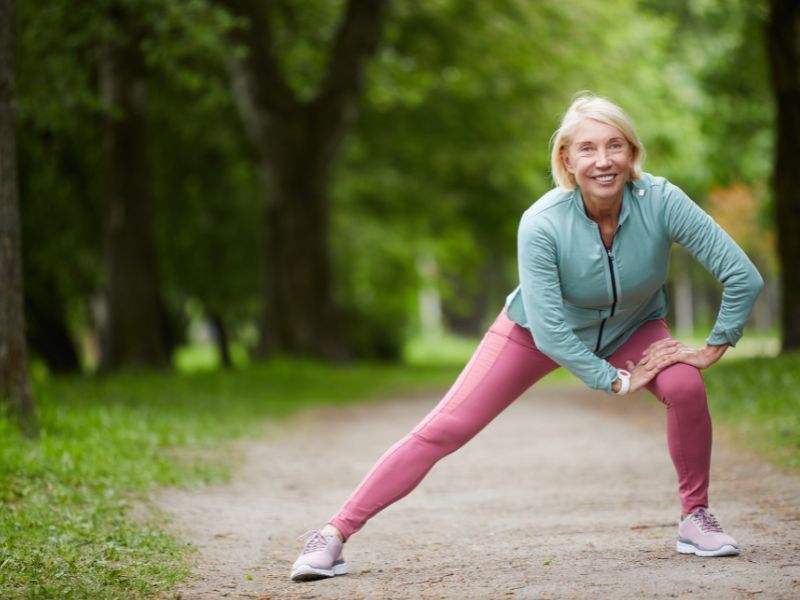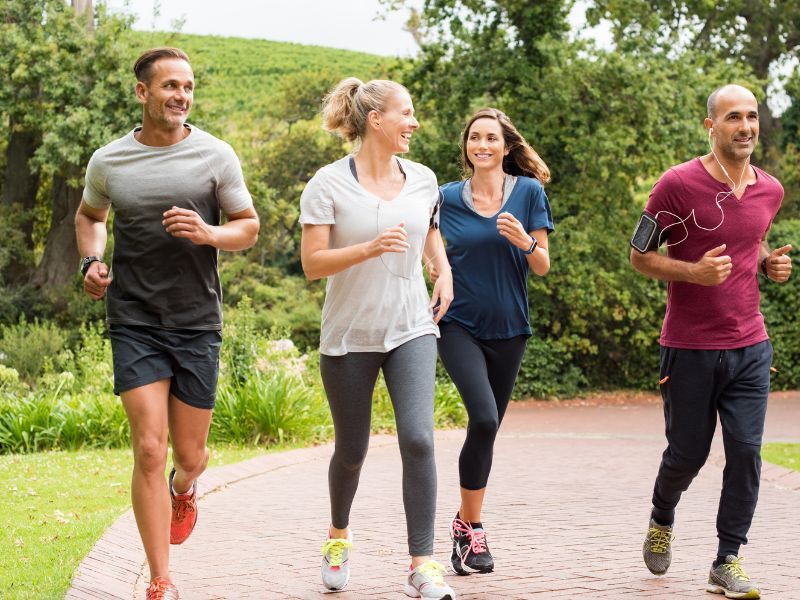What Are the 5 Coping Skills Every Chronic Pain Patient Needs?
Living with chronic pain is an ongoing challenge that requires more than just medical treatment. Developing effective coping skills can make a significant difference in managing pain and improving quality of life. Whether it’s chronic pain in the neck, back, or other areas, these strategies can provide relief and empower you to navigate daily challenges.
Coping Skills to Master
Below, we’ll explore five essential coping skills every chronic pain patient needs to handle the ups and downs of pain management. We will also discuss the importance and significance of these techniques, and how they can be incorporated into your lifestyle.
1. Mindfulness and Relaxation Techniques
Mindfulness and relaxation techniques are crucial for anyone dealing with chronic pain. According to research conducted by Utah State University, mindfulness is an evidence-based approach to dealing with chronic pain that has been tested and proven effective for over 35 years.
Mindfulness involves focusing on the present moment without judgment, which can help reduce the emotional burden of pain. Relaxation exercises like deep breathing, guided imagery, and progressive muscle relaxation can lower stress levels and create a sense of calm.
Actionable Tip: Start with simple deep breathing exercises. Inhale slowly through your nose for a count of four, hold for four, and then exhale through your mouth for a count of four. Repeat this cycle for a few minutes to calm your mind and body.
Benefits:
- Reduces Stress: High stress can exacerbate pain. Mindfulness helps break the cycle of pain-related anxiety.
- Improves Emotional Well-being: Staying present helps you focus less on the pain and more on the moment.
At Prime Health, we have a profoundly knowledgeable team of kinesiologists who can coach you into becoming a stronger, happier, and healthier version of yourself, while improving your mobility.
2. Effective Pain Management with Medication
For many, chronic pain medication is an essential part of managing discomfort. However, medication should be used as part of a broader pain management plan that includes both medical and non-medical strategies. Understanding the types of medications available and how they can be combined with other treatments is critical.
Types of Chronic Pain Medications:
- Over-the-Counter Pain Relievers: Such as ibuprofen and acetaminophen are often effective for mild to moderate pain.
- Prescription Pain Relievers: It’s important to use your prescription medication strictly as advised by your medical professional.
- Antidepressants and Anticonvulsants: Sometimes prescribed for conditions like chronic pain syndrome, as they can help manage pain signals.
Actionable Tip: Work closely with your healthcare provider to find the right medication and dosage. Regular check-ins can help fine-tune your treatment plan and avoid potential side effects.
3. Engage in Gentle Physical Activity
While it may seem counterintuitive, staying active is one of the most effective ways to manage chronic pain. Gentle physical activities like stretching, yoga, walking, and swimming can help maintain mobility, strengthen muscles, and reduce stiffness. Exercise releases endorphins, the body’s natural painkillers, which can boost your mood and alleviate discomfort.
Actionable Tip: Start slow. If chronic pain in the neck or back is an issue, try stretching exercises that target those areas. Activities like gentle yoga or Tai Chi can be particularly beneficial for those with limited mobility.
Benefits:
- Increases Mobility: Keeps joints flexible and muscles strong.
- Boosts Mood: Physical activity helps combat the depression and anxiety that often accompany chronic pain.
The kinesiologists at Prime Health work closely with our physiotherapists to design a movement plan that enhances mobility, helps prevent and manage injuries, and reduces pain.
4. Develop a Strong Support Network
Dealing with chronic pain can feel isolating, which is why building a supportive network is vital. A support network can include family, friends, healthcare providers, support groups, or online communities of fellow chronic pain sufferers. Sharing experiences, tips, and encouragement can make the burden easier to bear and provide valuable insights into coping strategies.
Actionable Tip: Consider joining a chronic pain support group in-person or online. It can provide a safe space to share your struggles and victories and learn new ways to cope.
Benefits:
- Emotional Support: Provides a sense of community and belonging.
- Practical Advice: Gain access to tips and resources from others who understand your experience.
Prime Health offers a network of supportive healthcare professionals and connects those struggling with chronic pain to improve their overall emotional well-being during times of distress.
5. Learn When to Seek Help
Sometimes, even the best coping strategies aren’t enough, and chronic pain becomes too much. Knowing when to seek help is essential. If your pain is interfering with daily life, causing significant distress, or leading to anxiety and depression, it’s time to talk to a healthcare professional. Chronic pain treatment options have expanded, and there may be solutions you haven’t explored.
Signs That You May Need Extra Support:
- Pain is constant and overwhelming despite current treatments.
- Difficulty performing daily tasks due to pain.
- Increasing reliance on chronic pain medication.
- Signs of depression or anxiety related to pain.
Actionable Tip: Don’t hesitate to contact a pain specialist or counselor. Chronic pain isn’t just physical—it can take a mental toll as well. Cognitive-behavioral therapy (CBT) is a proven method for helping patients manage pain-related anxiety and develop healthier thinking patterns.
Prime Health healthcare professionals develop customized treatment plans for each patient, depending on their unique difficulties. To learn more about effective pain management, contact right away!
Frequently Asked Questions
What is chronic pain syndrome?
Chronic pain syndrome is a complex condition characterized by persistent pain lasting more than three to six months. It often involves symptoms beyond physical discomfort, including fatigue, depression, and difficulty with daily activities.
What are non-medication options for chronic pain treatment?
Non-medication options include physical therapy, acupuncture, chiropractic care, massage, cognitive-behavioural therapy, and lifestyle changes like diet and exercise.
When should I consider seeing a pain specialist?
If your chronic pain becomes too much to handle with current treatments or significantly impacts your daily life, it may be time to see a pain specialist. They can offer advanced treatment options tailored to your specific needs.
What if my chronic pain is mainly in my neck?
Chronic pain in the neck can be due to several causes, from muscle strain to more severe conditions like cervical spine disorders. Consult with a healthcare provider, such as Prime Health, for a customized treatment plan that may include gentle stretches, posture corrections, and specific pain relief techniques.
Final Thoughts
Coping with chronic pain is a lifelong journey, but you don’t have to navigate it alone. These five skills—mindfulness, effective medication management, gentle physical activity, a strong support network, and knowing when to seek help—are essential tools that can make the road to pain relief more manageable.
At Prime Health, we specialize in providing comprehensive care for chronic pain patients. Whether you’re searching for effective chronic pain treatment options or need guidance on managing day-to-day challenges, our team is here to support you. Contact us today to learn more about how we can help you take control of your pain and reclaim your life.



